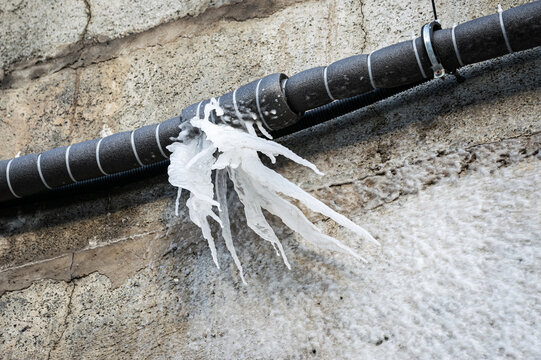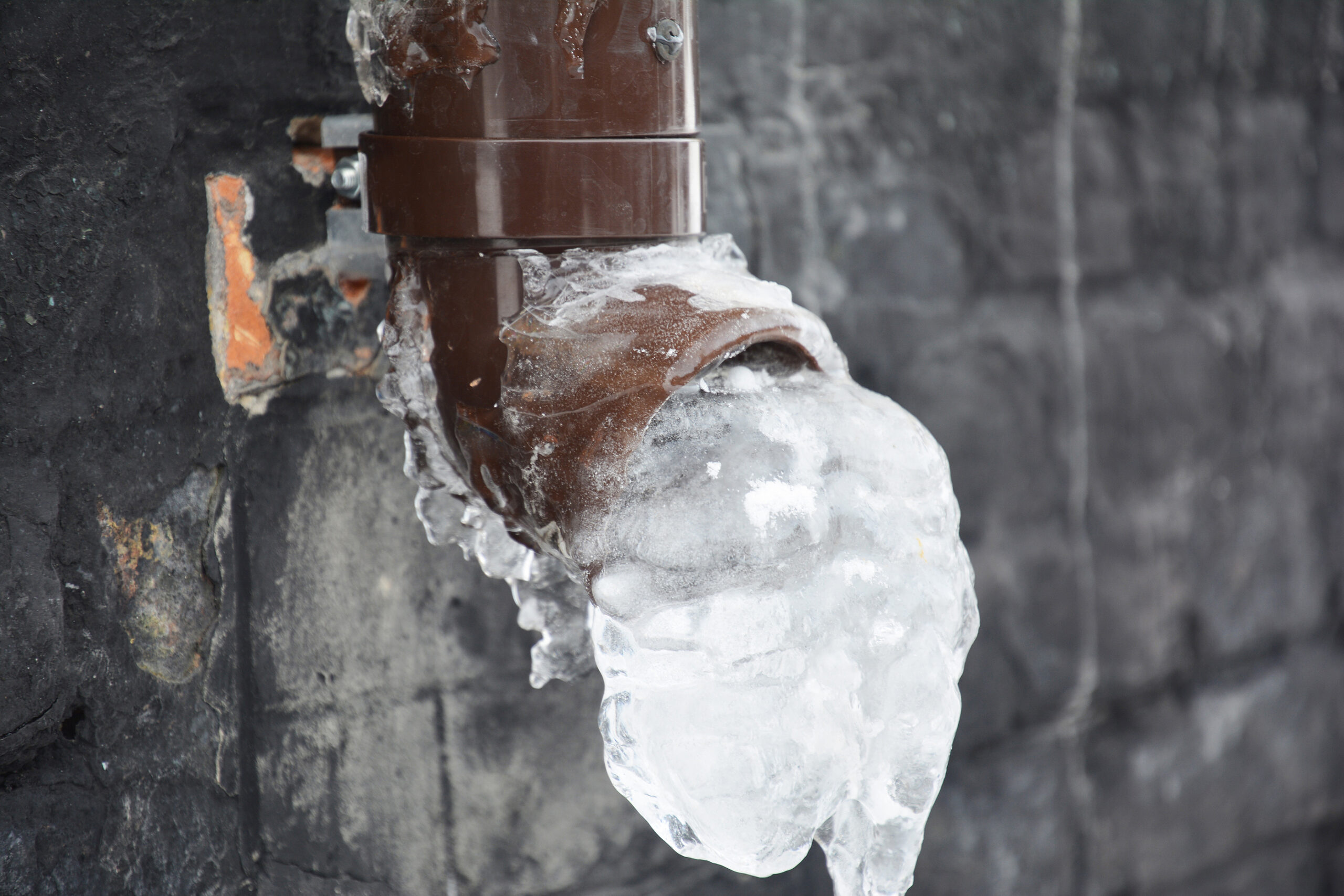Are you currently trying to locate info concerning Helpful Tips to Prevent Frozen Pipes this Winter?

Cold weather can damage your pipes, especially by freezing pipelines. Here's how to stop it from taking place and what to do if it does.
Intro
As temperature levels drop, the risk of icy pipelines rises, possibly causing pricey repair services and water damages. Understanding how to prevent frozen pipes is critical for home owners in chilly climates.
Prevention Tips
Protecting vulnerable pipelines
Wrap pipelines in insulation sleeves or use warm tape to safeguard them from freezing temperatures. Focus on pipelines in unheated or external areas of the home.
Home heating methods
Maintain indoor areas effectively heated, specifically locations with plumbing. Open cabinet doors to permit warm air to distribute around pipes under sinks.
Exactly how to recognize icy pipes
Look for reduced water circulation from faucets, uncommon odors or sounds from pipes, and visible frost on subjected pipes.
Long-Term Solutions
Architectural modifications
Think about rerouting pipes far from outside wall surfaces or unheated areas. Add added insulation to attic rooms, cellars, and crawl spaces.
Updating insulation
Invest in high-grade insulation for pipelines, attics, and walls. Proper insulation aids maintain constant temperature levels and reduces the danger of icy pipes.
Protecting Outdoor Pipes
Garden hose pipes and exterior taps
Detach and drain yard hoses before winter season. Install frost-proof faucets or cover exterior faucets with protected caps.
Recognizing Icy Pipelines
What triggers pipes to ice up?
Pipes ice up when revealed to temperature levels below 32 ° F (0 ° C) for prolonged periods. As water inside the pipelines ices up, it expands, putting pressure on the pipe wall surfaces and potentially creating them to burst.
Risks and damages
Frozen pipelines can result in water system interruptions, building damages, and pricey repairs. Burst pipes can flooding homes and cause considerable structural damage.
Indicators of Frozen Water Lines
Determining frozen pipelines early can stop them from bursting.
What to Do If Your Pipelines Freeze
Immediate activities to take
If you believe frozen pipelines, maintain faucets open up to relieve stress as the ice thaws. Utilize a hairdryer or towels soaked in hot water to thaw pipes gradually.
Final thought
Stopping icy pipes calls for positive actions and quick responses. By comprehending the reasons, indications, and preventive measures, property owners can safeguard their plumbing throughout cold weather.
5 Ways to Prevent Frozen Pipes
Drain Outdoor Faucets and Disconnect Hoses
First, close the shut-off valve that controls the flow of water in the pipe to your outdoor faucet. Then, head outside to disconnect and drain your hose and open the outdoor faucet to allow the water to completely drain out of the line. Turn off the faucet when done. Finally, head back to the shut-off valve and drain the remaining water inside the pipe into a bucket or container. Additionally, if you have a home irrigation system, you should consider hiring an expert to clear the system of water each year.
Insulate Pipes
One of the best and most cost-effective methods for preventing frozen water pipes is to wrap your pipes with insulation. This is especially important for areas in your home that aren’t exposed to heat, such as an attic. We suggest using foam sleeves, which can typically be found at your local hardware store.
Keep Heat Running at 65
Your pipes are located inside your walls, and the temperature there is much colder than the rest of the house. To prevent your pipes from freezing, The Insurance Information Institute suggests that you keep your home heated to at least 65 degrees, even when traveling. You may want to invest in smart devices that can keep an eye on the temperature in your home while you’re away.
Leave Water Dripping
Moving water — even a small trickle — can prevent ice from forming inside your pipes. When freezing temps are imminent, start a drip of water from all faucets that serve exposed pipes. Leaving a few faucets running will also help relieve pressure inside the pipes and help prevent a rupture if the water inside freezes.
Open Cupboard Doors
Warm your kitchen and bathroom pipes by opening cupboards and vanities. You should also leave your interior doors ajar to help warm air circulate evenly throughout your home.

Do you enjoy more info about Winter Plumbing Precautions: Preventing Frozen Pipes? Leave feedback down the page. We will be happy to see your thinking about this blog post. We hope to see you back again soon. Are you aware of another individual who is inquisitive about the niche? Take a moment to promote it. Bless you for your time. Come back soon.
Click For More Information